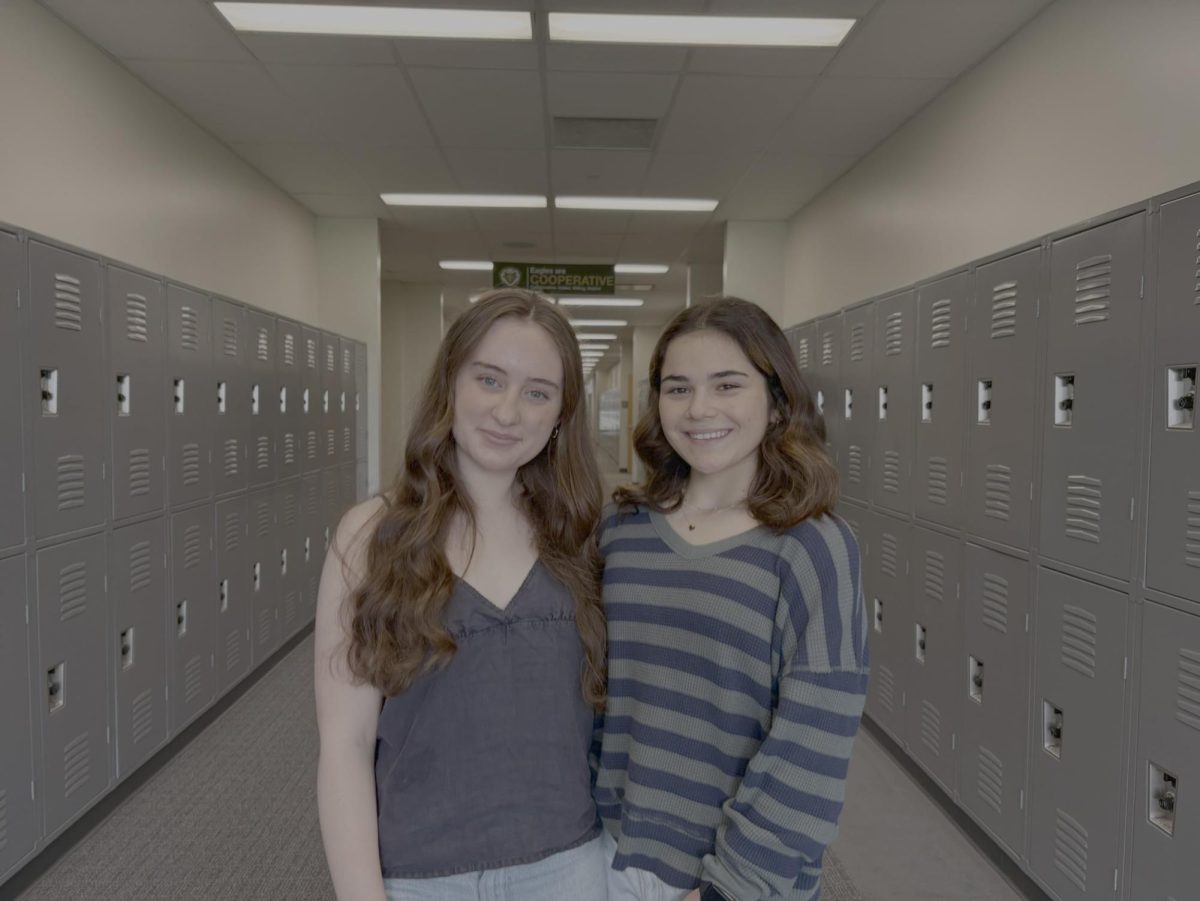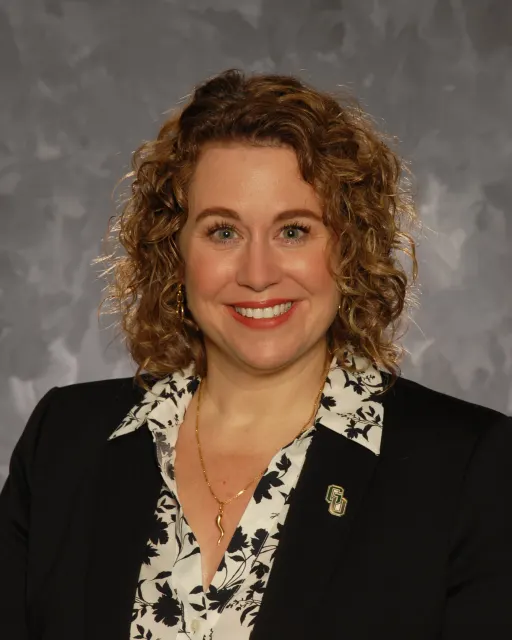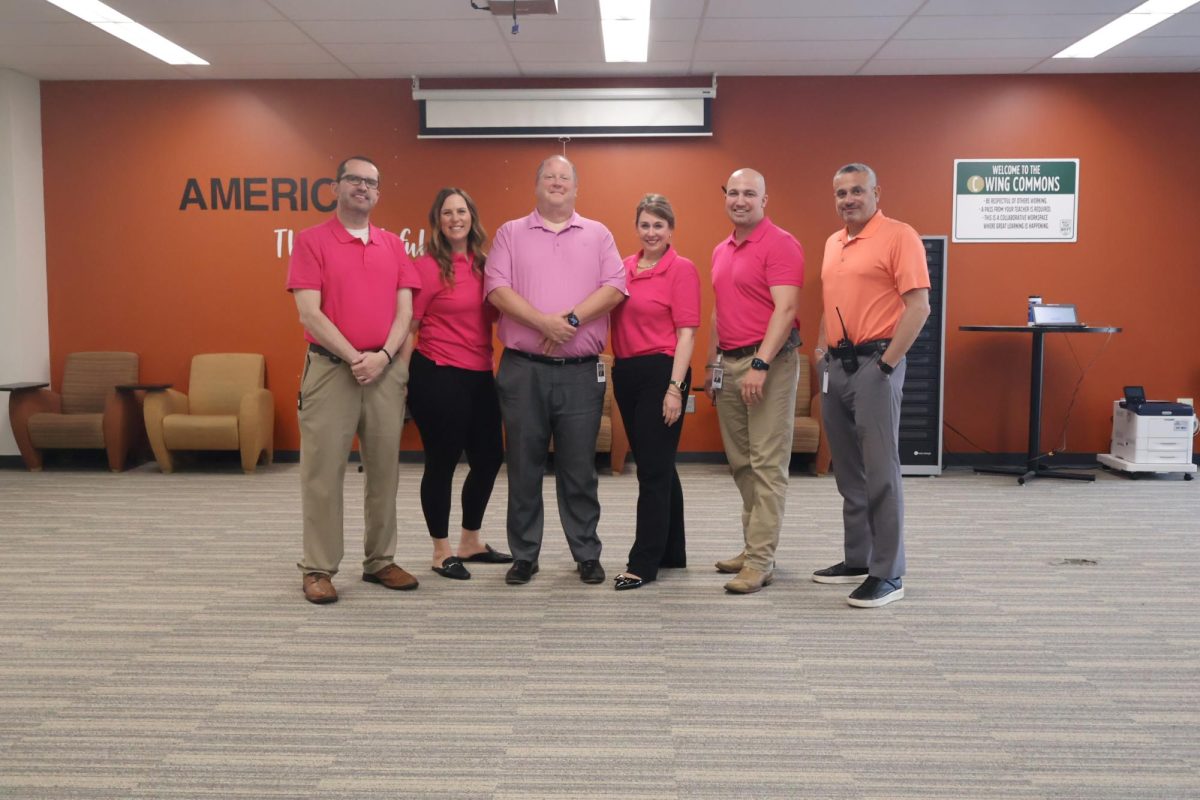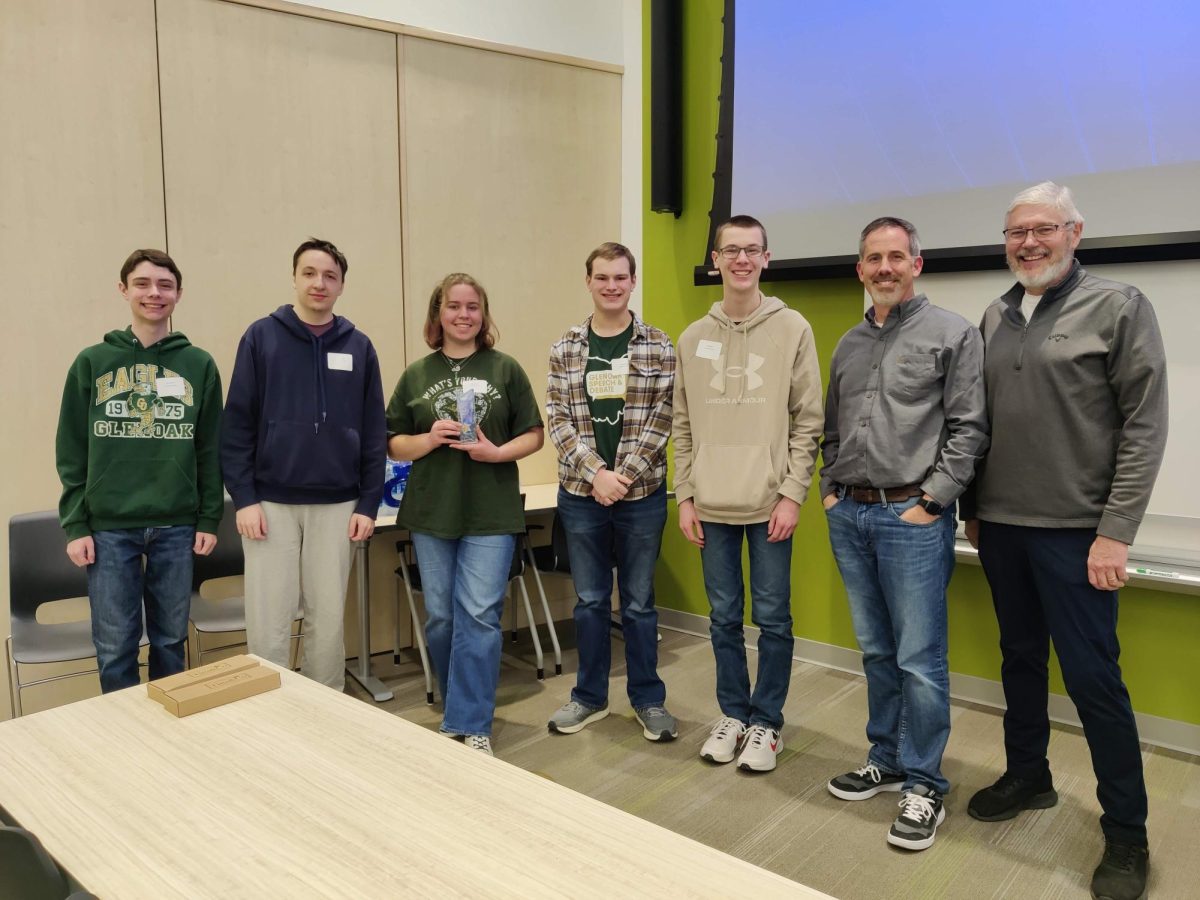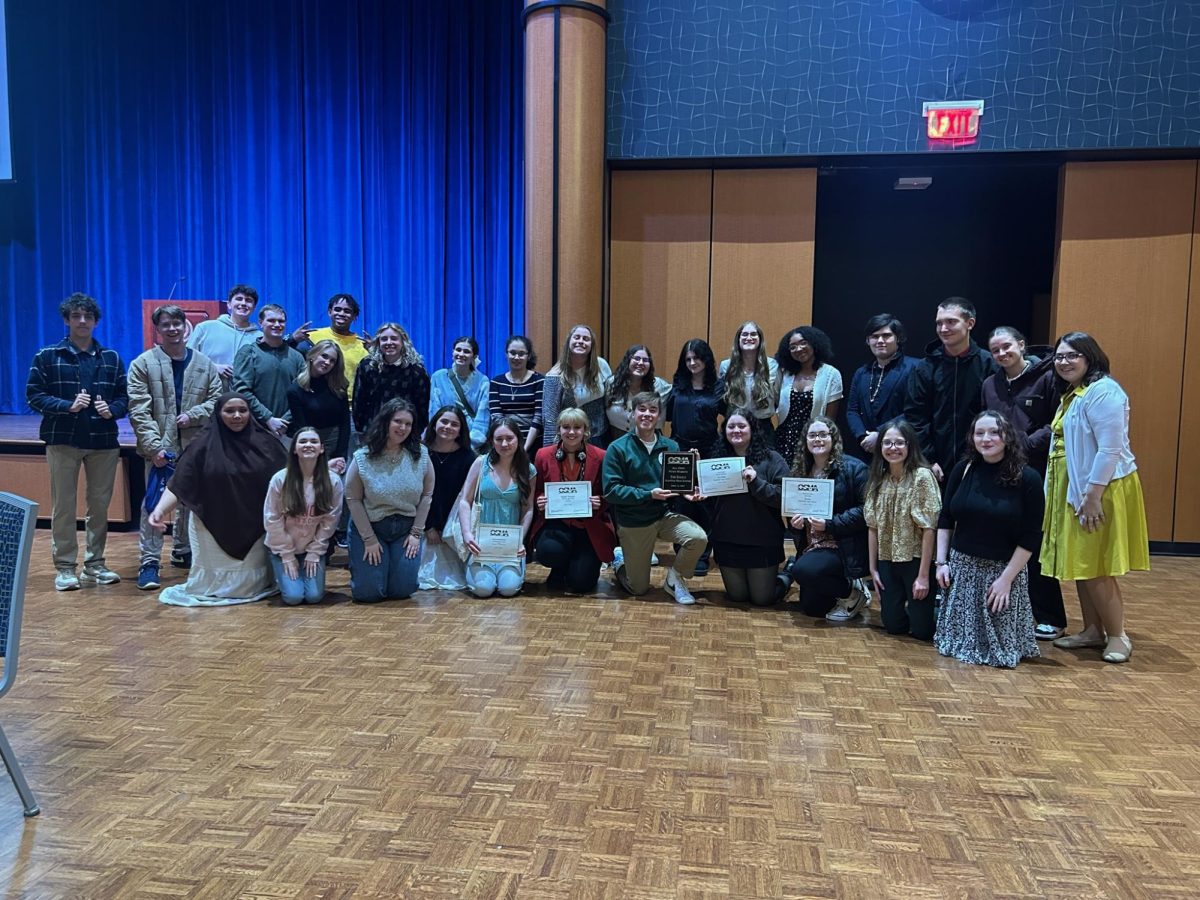By Talia Zelle, Opinion Editor — Did you know that the Pope endorsed Donald Trump’s candidacy for President? Or that President Obama said his family would move to Canada if Trump would be elected?
If you believe any of these headlines, you have been a victim of fake news. Neither of those stories are true, yet many Americans believe they are.
The rise in fictitious news reports on online news sites and social media that coincided with the 2016 election has concerned many educators, who fear their students may not possess the skills necessary to find, spot and click away from fake news.
In response, numerous teachers—from elementary school to the university level—have begun integrating lessons on how to evaluate news sources into their existing curriculum, in areas from civics and government to English and journalism. Some have even gone so far as to create whole new courses in media studies focused on fake news, with the goal of stopping the fake news phenomenon that is duping thousands of people—especially teenagers and young adults, thanks to social media.
Angela Spano, Newsstaff and Yearbook adviser and Journalistic Writing teacher, is passionate about giving students the tools they need to make sure the news sources they use are credible.
“There are simple ways to find out if a website is real or not,” Spano said. “Check the author’s information: is there a first and last name and an email address provided that is not from Gmail or Yahoo? What is on the ‘about’ page for the site? You can trace their address—most likely, a news source whose address is a P.O. box is not real news.”
Spano gave lessons in her classes about fake news, complete with handouts on “red flags” that can be used to identify fake news and an activity that had students compare two news sites and decide which had true stories and which was a false site.
Teachers are not the only ones worried.
According to the Associated Press, in January a legislator from California proposed a bill that would mandate lessons for students in grades seven to 12 covering how to discern between factual and fake news.
Even as teachers and lawmakers attempt to curb the influence of fake news, false sites and headlines continue to pop up. Unfortunately, fake news isn’t going away.
“The most important thing is that we are all consumers of the media. We need to learn, as consumers, to be more savvy about what we read,” Spano said. “Just because it’s online doesn’t mean it’s true.”
[Updated Aug. 20, 2017: This article has been reformatted for consistency.]

